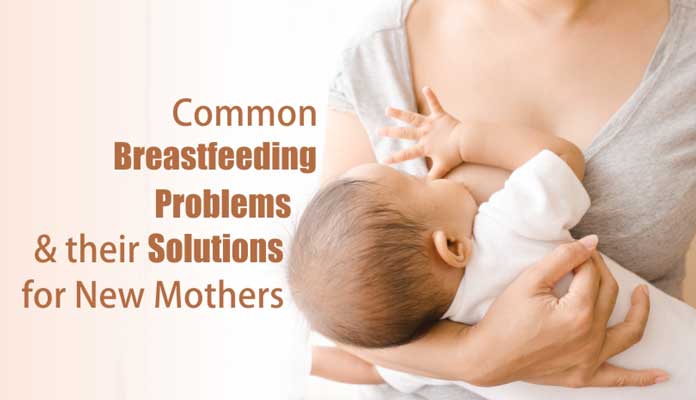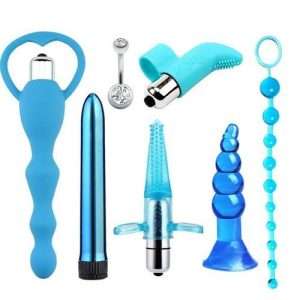
While breastfeeding your baby is very good, there are challenges that nursing mothers usually face, and you should be aware to overcome them.
As you might know, breast milk has always been the best first formula you can give your baby but some mothers have a low volume of milk or no milk in their breast, while others complain of having too much breast milk.
Also, as a first-time nursing mother, don’t be surprised if your baby can not suck your breast properly, has a problem latching on or the milk is not coming out as needed.
Therefore, the stress of managing your baby and other common breastfeeding problems can put psychological or physical strain on you as a nursing mother.
Common Problems of Breastfeeding
The following are the most common problems of breastfeeding babies.
- Low milk supply
- Breast engorgement (Hard breast or full milk)
- Swelling and inflammation of breast (Mastitis)
- Nipple thrush
- Sore nipples
- Nipple Vasospasm
Breastfeeding Problems
If you can’t feed your baby with breast milk right away after delivery, you shouldn’t get disturbed, especially at the beginning, you need to be calm and relaxed, and the help of midwives or lactation consultants can also be helpful.
Low Milk supply
One of the breastfeeding problems is low milk supply in the breast
If there’s no milk after delivery, it may be as a result of not breastfeeding your baby early, using supplements as an alternative, use of drugs, or having health issues.
For example, having breast surgery in the past can affect your breast milk production. when you give birth.
However, you can increase milk production with foods and drugs.
Take adequate water, palm wine, and consult your dietician on the food to eat to increase your breast milk quickly.
The wound on the nipples
Some nursing moms have trouble breastfeeding their babies not because of after-birth pain while breastfeeding but because of sore nipples and pain when their babies attempt to suck the breast.
The main cause is latching, and it’s not a serious issue, the mother only needs to be encouraged to endure the pain and feed the baby.
The more the child breastfeeds, the sooner the sore nipples will be healed.
Sore nipples
At first, it can easily happen that the nipples become sore from the new stress.
Incorrect breastfeeding posture can also be a cause for this; the best breastfeeding positions are best shown to you by your midwife.
It is advisable to change positions regularly when breastfeeding to prevent sore nipples. When breastfeeding, you should make sure you get enough rest.
Breast Engorgement
If you feel deep breast pain after breastfeeding and your breast is hard, it’s likely a symptom of breast engorgement and it’s caused by too much milk in your breast and blocked milk duct.
Hard lump in your breast while breastfeeding can lead to complications and surgery, therefore, laying the baby on more often is a good strategy.
Applying moist, warm compresses is another remedy to reduce breast pain. A light breast massage or stroking the breast can also be helpful.
You can also breastfeed your baby while standing to stimulate the flow of milk.
Unclogging the breast duct should be done in good time so it doesn’t develop into a breast infection.
How long for engorgement to go down depends on how frequently you breastfeed your baby or compress the breast to remove excess milk.
If your breast engorgement is accompanied by fever and chills, and other symptoms, you should not hesitate to consult your doctor.
Mastitis
Mastitis is the swelling and inflammation of the breast, which could be a result of build-up milk in the breast.
There are other causes of mastitis besides breast milk, and that’s referred to as non-lactational mastitis
Mastitis is a serious problem to a breastfeeding mother when it’s severe because it’s usually painful and uncomfortable.
Mastitis can even cause headaches to the nursing mother while the mild case can easily be corrected with antibiotics.
It can come fast 2 to 3 weeks after birth, and you can consult your doctor on tips to prevent it early.
While it does not take too long for mastitis to go away, it can also be treated medically if it does not go away after 3 days and when both breasts are hard.
Tips for Nursing Mothers after Birth
You’re not left alone if you experience any of these breastfeeding problems, and some of these tips can help to depend on your situation.
- Use lukewarm water for your shower
- Try warm compresses on your breast to stimulate the flow of milk.
- Pump the nipples with your hand so the baby can latch on better.
- Learn to place the baby on your breast properly.
- Hold your breast with one hand and your baby with the other hand, and then place the nipple in the baby’s mouth carefully.
- Always start breastfeeding your baby with the breast with more milk, and change to the second one another time.





